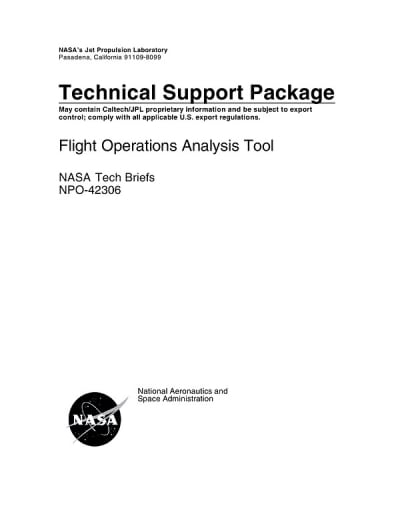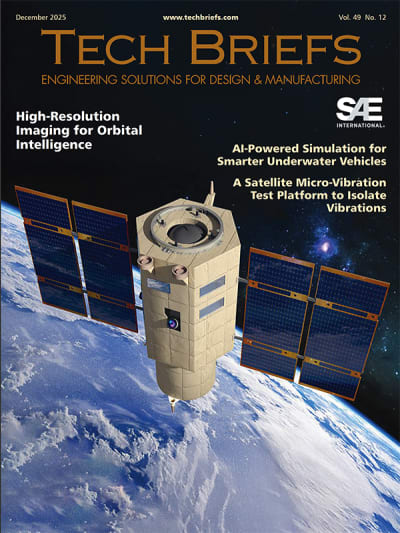
Flight Operations Analysis Tool (FLOAT) is a computer program that partly automates the process of assessing the benefits of planning spacecraft missions to incorporate various combinations of launch vehicles and payloads (see figure). Designed primarily for use by an experienced systems engineer, FLOAT makes it possible to perform a preliminary analysis of trade-offs and costs of a proposed mission in days, whereas previously, such an analysis typically lasted months. FLOAT surveys a variety of prior missions by querying data from authoritative NASA sources pertaining to 20 to 30 mission and interface parameters that define space missions. FLOAT provides automated, flexible means for comparing the parameters to determine compatibility or the lack thereof among payloads, spacecraft, and launch vehicles, and for displaying the results of such comparisons. Sparseness, typical of the data available for analysis, does not confound this software. FLOAT effects an iterative process that identifies modifications of parameters that could render compatible an otherwise incompatible mission set.
This program was written by Robert Easter, Linda Herrell, Richard Pomphrey, James Chase, Julie Wertz Chen, Jeffrey Smith, and Rebecca Carter of Caltech for NASA's Jet Propulsion Laboratory. For further information, access the Technical Support Package (TSP) free on-line at www.techbriefs.com/ tsp under the Software category.
This software is available for commercial licensing. Please contact Karina Edmonds of the California Institute of Technology at (626) 395-2322. Refer to NPO-42306.
This Brief includes a Technical Support Package (TSP).

Flight Operations Analysis Tool
(reference NPO-42306) is currently available for download from the TSP library.
Don't have an account?
Overview
The document is a technical support package related to the Flight Operations Analysis Tool (FLOAT) developed under NASA's New Millennium Program. It was presented at the 2005 Small Payload Rideshare Conference, highlighting the collaborative efforts of Jim Chase, Linda Herrell, and Jeff L. Smith from the Jet Propulsion Laboratory at the California Institute of Technology.
The primary focus of the document is to outline the study assumptions and methodologies used in analyzing various flight options for small payloads. The analysis considered 34 NASA launch vehicle options, 15 RSDO (Rapid Space Development Office) spacecraft buses, and 9 STP (Space Test Program) payloads, resulting in over 3 million potential combinations. The study aimed to evaluate these combinations based on several criteria, including schedule, mission duration, mass, telemetry, pointing, volume, and cost.
The analysis was divided into simple and complex categories. Simple analyses focused on basic parameters, while complex analyses delved into more intricate factors such as orbit, power, and risk. Notably, the study made several simplifying assumptions, such as excluding power modes and spacecraft and launch vehicle geometry, and only considering the lowest cost and compatible spacecraft and launch vehicles. Cost was defined simply as the sum of spacecraft bus cost and launch vehicle cost, without accounting for any spacecraft modifications.
The document also discusses sources of incompatibility among the payloads and spacecraft buses. It highlights that incompatibility was determined by various factors rather than a single key constraint, contrasting with previous studies where power was often the limiting factor. Specific parameters like power and telemetry emerged as the most constraining for certain combinations.
The agenda of the conference included an introduction, background information, study objectives, an overview of the database, and discussions on STP payloads, RSDO spacecraft buses, and NASA launch vehicles. The results of the analyses and future directions for the program were also key topics.
Overall, this document serves as a comprehensive overview of the methodologies and findings related to the analysis of small payload rideshare options, emphasizing NASA's commitment to advancing aerospace technology and collaboration in space exploration.

